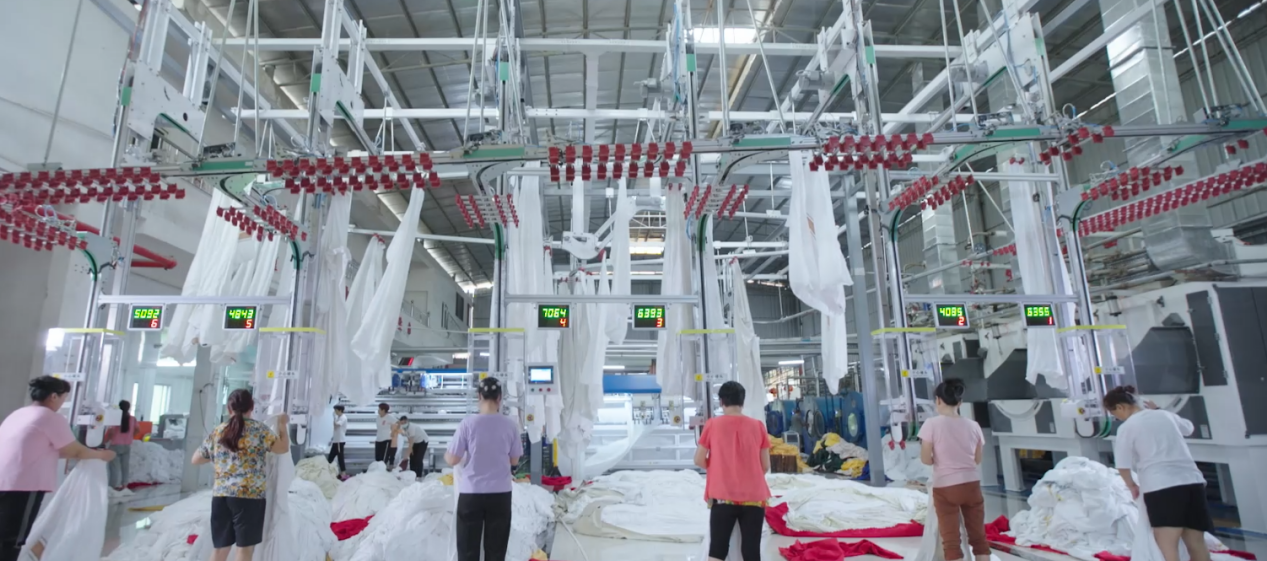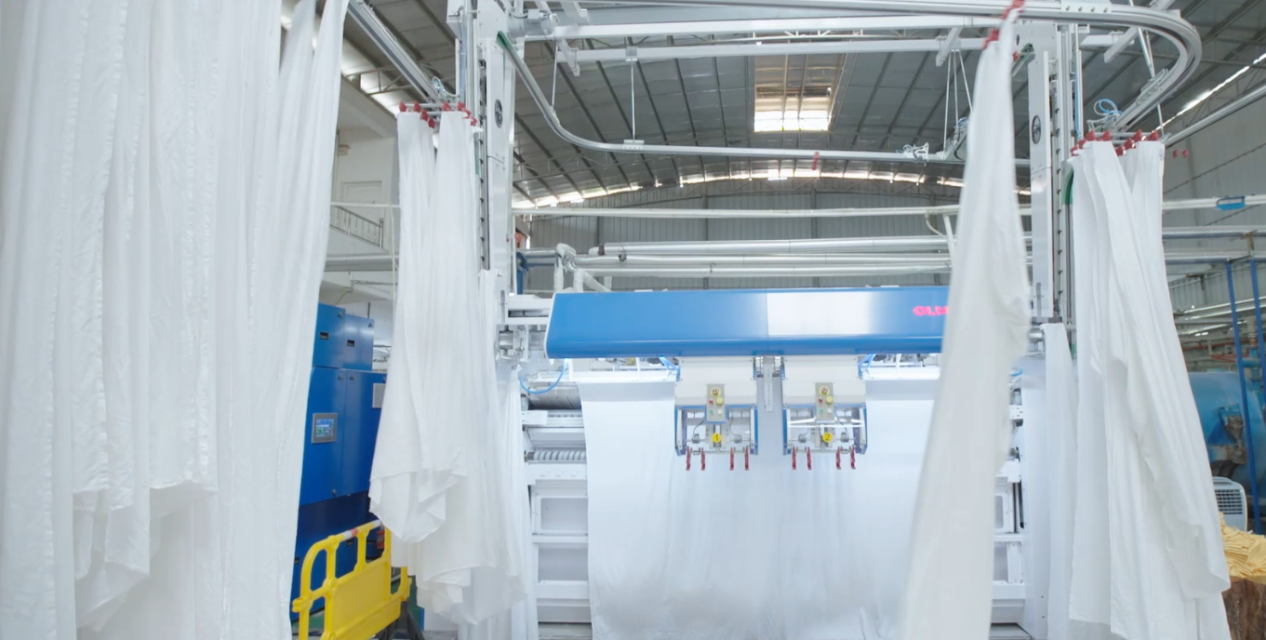In the map of global hotels and related supporting industries, China’s linen laundry industry is standing at a key turning point, facing unprecedented challenges and opportunities. All this is closely related to the changes in the current hotel market.
Data Analysis
According to the latest data by the China Hospitality Association, the number of hotels in China will show a year-on-year growth of 12.6% in 2024. This should be a sign that the industry is booming, but it is not. The average occupancy rate is only 48%, and the price per client has dropped by nearly 15% compared to 2023. A large amount of capital has poured into the hotel project, which is now in a severe survival mire. As the end of the tourism hotel industry chain, the impact on linen laundry factories is more fierce. In 2024, although the size of the national linen laundry market is about 32 billion yuan, the growth rate is staggering, less than 3%. Also, the industry profit margin is greatly squeezed, resulting in an imminent survival.
Problems that Traditional Laundry Factories Face
In-depth analysis of the current dilemma, the problem of traditional laundry factories is far more than high cost.
On the one hand, there is a serious imbalance between supply and demand in the market. The supply side continues to expand due to a large amount of capital injected into the hotel and laundry industry, but the demand side continues to shrink with the lower price of customers.
On the other hand, emerging cross-border laundry enterprises have sprung up, relying on strong funds to seize the beach at a low price, disrupting the market pattern, and resulting in traditional linen laundry factories under siege. The survival choice is urgent.

M&A Integration
In this difficult situation, industry combination, mergers and acquisitions, and integration become a sharp edge to break the situation. From the perspective of scale effect, many small laundry factories suffer from diseconomies of scale and are unable to effectively control costs.
Mergers and acquisitions are like a timely rain, prompting companies to expand rapidly, reduce unit production costs, and improve equipment utilization, and bargaining power.
Taking prefecture-level cities as an example, after a number of small factories were merged into large enterprises, dispersed resources, and customers were integrated, and competitiveness jumped significantly. In the future, provincial capitals and even cross-city peer integration will also become a common trend.
Resource Synergy
Resource synergy is also important. Merger and acquisition is not only a simple accumulation of capital but also an opportunity for technological integration. Different enterprises have their own strengths. Some enterprises have excellent quality control, and some enterprises have fine management. After the merger and acquisition, the two sides complement each other’s advantages, and the production efficiency and service quality can be improved.
Market Synergy
Market synergy expands the territory of enterprises. With the help of mergers and acquisitions, regional laundry enterprises can break through geographical limitations and greatly extend the scope of service. If enterprises with excellent performance in the high-end market join hands with their peers in the middle and low-end, share resources, and complement the market, then their competitiveness will increase exponentially.

Price Synergy
However, some of the traditional strategies are not adapted to the present. The price alliance, which was once the high hope of some companies, is now crumbling under a lack of market trust and regulatory pressure. The road of price coordination is thorny:
❑ The interest disputes among enterprises are constant.
❑ The default cost is low.
❑ The cooperation mechanism is fragile.
❑ The anti-monopoly law is too high to be implemented.
Examples
Looking at the development track of the washing industry in Europe, the United States, and Japan, large-scale integration, technological innovation, differentiated services, and cross-border integration illuminate our direction.
❑ USA
The concentration of the laundry industry in the United States is as high as 70%, and the top 5 enterprises firmly control the right to speak.
❑Europe
Germany, France, and other countries forged large-scale and specialized industrial clusters through mergers and acquisitions.
❑ Japan
Japan leads in standardization and refinement.
Conclusion
For the global linen laundry factories, especially the practitioners in China, the present is both a challenge and an opportunity. Only by accurately analyzing the trend, actively seeking cooperation, continuously investing in technology, and building differentiated advantages can we stand out in this survival game.
Is it better to wait in a difficult situation, or is it better to embrace change? The answer goes without saying that the future of the laundry industry is destined to belong to those entrepreneurs who dare to break through the tradition.
Post time: Feb-05-2025

